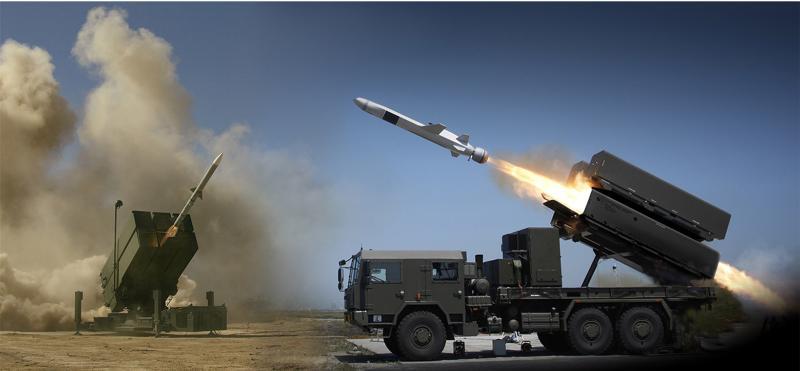HENSOLDT develops hydrogen solution to increase the energy autonomy of industrial sites
Sensor solutions provider HENSOLDT is equipping its site in Kiel with a pilot plant for the production and storage of hydrogen. The company expects this to establish the energy independence of an entire industrial site and allow them to demonstrate their expertise in hydrogen for their own sustainability goals and for the business of autonomous energy supply for military installations.
The new facility includes state-of-the-art modules for the production, storage and distribution of hydrogen within the H2 value chain. The system consists of two solutions manufactured by HENSOLDT Nexeya France, the French subsidiary of HENSOLDT: the H2 Grid and the Hydrogen High Density Storage (H2DS). The HENSOLDT site in Kiel uses the technology to store energy generated via photovoltaic systems. In this way, the site will achieve 60% energy autonomy in a first stage and save up to 33 tonnes of CO2 annually. The production capacity of the electrolysis under nominal load is 8kg/day. H2 production of 2.6 to 3.3 kg/day is planned. In total, the storage facility has a total capacity of 190 kg H2. The investment sum comprises 1.2 million euros.
"As a leading company in the European defence industry, we are convinced that the energy transition will also play an important role in the defence sector. Therefore, we have developed a hydrogen solution that not only ensures autonomy and resilience in energy supply, but also brings with it a neutral CO2 footprint," says HENSOLDT Chief Human Resources Officer Dr Lars Immisch. "With the pilot project in Kiel, we want to show how we as a company can achieve our climate protection goals and generally how industrial locations can increase their degree of energy self-sufficiency with a combination of renewable energies and hydrogen."
In addition to storage, the HENSOLDT Hydrogen High Density Storage (H2DS) also enables the transport of centrally produced green hydrogen in a container of the classic 20-foot standard size. The product is approved for maritime and land-based applications. The containers can, for example, be loaded directly onto ships with fuel cell propulsion, which thus become less dependent on hydrogen filling stations and can plan their routes more flexibly. The containers can also be used to transport hydrogen to fuel cells in remote locations.
The HENSOLDT H2-Grid is a scalable container solution for local energy generation for civil and military applications and contributes to energy autonomy and sovereignty.
The solution uses a renewable energy source as input and, thanks to an Energy Smart Management System, uses the entire hydrogen value chain (H2 production, conditioning, storage, power delivery) in an optimised and automatic way in combination with battery storage.
The potential of hydrogen technologies in the defence sector is manifold. HENSOLDT intends to continue contributing to research on hydrogen in the military environment. To this end, the company is currently leading the hydrogen activities for the ongoing energy study of the European Defence Fund. The INDY project (energy INdependant and efficient Deployable militarY camps) aims to enable future sustainable military camps. Strategic bases can be independently supplied with this technology. The logistical dependency on barracks or field camps decreases if they themselves can produce hydrogen from renewable energies, store it and convert it back into electricity or make it directly available to platforms for their propulsion. To deepen its capabilities in the field of storage systems, HENSOLDT 2021 acquired the French supplier of hydrogen pressure vessels Mahytec.
Safety forms the basis for a sustainable future - HENSOLDT is equally committed to both. The company takes its responsibility as a sustainable, local business very seriously and has set itself ambitious goals for emissions avoidance, resource-conserving business, and responsible corporate governance. For this reason, HENSOLDT supports numerous initiatives aimed at sustainable investments in local communities, education, employees, and the environment.











